Texas, with its size, diverse geography, politics, and culture is many things to different people. The New York Times deputy political editor Manny Fernandez posed a series of questions recently that reveal the complexity of the Lone Star State. He wrote “Who are these people, these Texans? What do they tell us about America? What to make of a state that is so focused on itself? I wrestle with these questions all the time.” I decided to briefly explore some of these questions by focusing on one region–South Texas. What I found was revealing to me as an historian, and I learned of a previously unknown personal connection to the rich history of South Texas.
Joel Salcido photograph of a film projection of Anthony Quinn in Viva Zapata. Roma Texas.
South Texas is a region where history is valued and where the area’s past has special meaning to the rest of the state. The number of books written about Texas surpasses that of the majority of states. Nonetheless, scholars recognize that glaring gaps exist in history related to ethnicity and diversity in regions such as South Texas. My interest in these topics, as well as in these historical gaps, led me to explore how my family came to Texas in the mid 1700s. I was curious about the contribution of the pioneering families who settled South Texas along the Rio Grande 273 years ago and if they left a meaningful historical footprint.
South Texas, the region where my ancestors first settled, is one of the seven distinct regions of Texas. Although not the largest of the seven regions, South Texas has the oldest non-Indigeneous settlements of the state. Spanish settlers established South Texas towns, including San Antonio, which was founded in 1718, and numerous border towns along the Rio Grande dating back to 1749. Compared to the other regions of Texas, South Texas is logically the principal cradle of Texas history.
The origins of South Texas as a region–its towns, its ranching industry, its agricultural prowess–has always fascinated me. The intrepid Spanish colonizer José de Escandon played a major role in South Texas history. Historian David Weber noted that in planning to settle a new territory along the Rio Grande in 1749, Spain, for the first time, relied on colonists rather than missionaries. The Spanish Crown appointed Escandon as the colonizer and first governor of the colony of Nuevo Santander. The area extended from the Panuco River near Tampico in Northern Mexico to the Guadalupe River in Central Texas.
Escandon established over twenty towns or villas and a number of missions in the Nuevo Santander colony. Among the towns he founded were Camargo, Reynosa, Mier, and Revilla, south of the Rio Grande, and Laredo and Dolores north of the Rio Grande. Escandon had Spanish Royal authority to issue land grants to settlers, mobilizing the colonization of South Texas from the Rio Grande to the San Antonio River. To put this early colonization into perspective, Stephen F. Austin brought only 300 families to Texas. Escandon led 6,000 Spanish settlers, mostly mestizos, to South Texas and the Rio Grande region.
Nuevo Santander and Texas region in the 17th and 18 Century. "The Atlas of Texas," Bureau of Business Research, The University of Texas at Austin, 1976.
My ancestors, descendants of my great-grandfather Capt. Miguel Sanchez Sáenz [10th generation], came with Escandon to Mier, then crossed the Rio Grande and founded five individual ranches in what would later be known as the pueblo of Roma-Los Sáenz. The ranches included Porciones #72 to Juan Angel Sáenz #73 to José Miguel Sáenz, and #74 to José Geronimo Sáenz. Each porcion could be as large as 20,000 acres. Two first cousins José M. Sáenz de Hinojosa and Juan F. Sáenz de Hinojosa established adjacent ranches, La Bonita Ranch and Las Flores Ranch. The combined Sáenz grants likely exceeded 60,000 acres.
Map of the South Texas land grants [Porciones]. Joel Rene Escobar y Saenz, Family History of Capt. Miguel Sanchez Saenz and his Descendants. 2002. Munguia Printers, San Antonio, Texas. Collection of Ricardo Romo.
Historian Andres Tijerina, author of Tejano Empire: Life on the South Texas Ranchos, wrote that as a result of Escandon, in less than 50 years the Tejanjo ranches accounted for 85,000 cattle, horses, and mules. From 1757 when the early Spaniards established ranching along the Rio Grande to 1795, the livestock increased to approximately 800,000, including 111,777 cattle. Tijerina documented that by 1800, “The Cattle Kingdom included over five million longhorn cattle that the Tejano ranchers and their ancestors had brought into South Texas.”
Cattle ranching had its origins in South Texas and is considered Texas’ first industry. Although Spaniards introduced cattle and horses to Texas in the 1690s, Tejano historians note that it was not until the 1750s with the arrival of the 6,000 Spanish colonists who settled dozens of Rio Grande land grants that major cattle raising began to thrive. Until recently I never knew that my family had a connection to the start of Texas ranching society.
Over the period 1750-1850, South Texas became the leading ranching region of the United States. However, in the post 1800 era, the region experienced a series of major wars that took a toll on the residents and their livelihood. When French forces under Napoleon conquered Spain, the Spanish colonists in Northern Mexico took up arms. In 1813, Spanish Royal armies invaded South Texas with an aim to suppress the Tejano colonists who had organized to liberate themselves from Spanish-French colonial rule. The Spanish Royalist soldiers defeated the Tejanjo rebels in the Battle of Medina River near San Antonio, the bloodiest battle in Texas history.
Map with details of the Nuevo Santander in light red color. Edinburg 1816. From the collection of Ricardo Romo.
Next came the Texas Revolution of 1836 that originated in Gonzales, Texas and moved quickly to the Alamo in San Antonio. The battle over Texas took less than a year and resulted in Mexico's unofficial loss of Texas. Mexico’s Congress refused to acknowledge the loss of Texas. Next came the Mexican War of 1846-48 in which the American forces’ victory over Mexico resulted in Mexico ceding authority of five of its Northern frontier states. These three wars changed South Texas forever. After these bloody conflicts, some South Texas ranching families fled to Mexico or lost their land through dubious legal challenges.
The American Civil War which broke out in 1860, brought illegal land grabbers and individuals who profited by trading with both Yankees and Confederates in cattle, horses, and cotton. Roma, with its high bluffs and deep waters of the Rio Grande, served as a major port for ships carrying contraband goods to Southern and Northern ports.
The combination of land acquisition and Civil War contraband in South Texas often promoted great wealth. Charles Stillman, for example, acquired land from the Garza grant, originally the Cavazos ranch consisting of 600,000 acres, and at the time, the largest ranch in Texas. Historian John M. Hart noted that the sellers “had no legal right to make such a sale since their father had remarried and the heirs of his second wife inherited the land from their father upon his death.” According to Hart, Charles Stillman also bought cotton during the Civil War and sold it in New York. By the end of the war Stillman was one of the richest men in America.
To many observers, South Texas had more than its share of turmoil and political change. My great-grandmother, Marta Pompa de Sáenz, a resident of South Texas from 1834-1939, lived under five different national flags during her lifetime–Mexico, the Republic of Texas, the United States, the Confederacy, and finally again, the United States. Her son, and my grandfather Jose Maria Sáenz, a landless vaquero, worked cattle and horses in the Brush Country of South Texas. He left ranch life in 1901 to live and work in San Antonio.
Marta Pompa Saenz [1834-1939]. Great Grandmother of the author. Special thanks to Mary Alice Deanda. Collection of Ricardo Romo.
With the filming of the movie Viva Zapata in 1951-52, the small town of Roma achieved brief Hollywood fame. The movie, starring Marlon Brando, Jean Peters, and Anthony Quinn, earned an Academy Award for Quinn. Quinn was the first Latino to win such a distinction. The film director, Elia Kazan became familiar with Agustin Casasola, the famed Mexican photographer of the Mexican Revolution. Kazan sought a location that resembled Mexico of the 1910-1920 era, and in Roma they found the perfect setting.
Today, Roma, known to local residents as Roma-Los Sáenz, is a vibrant border town with a population of 11,505. Ranching is still important, but oil wells contribute significantly to the region's economic stability. Roma maintains its bilingual–bicultural culture evidenced by the recent mariachi state championship won by the Roma high school band.
The South Texas Mariachi tradition continues. Lanier High School Mariachi group, San Antonio, Texas 2022. Photo by Ricardo Romo
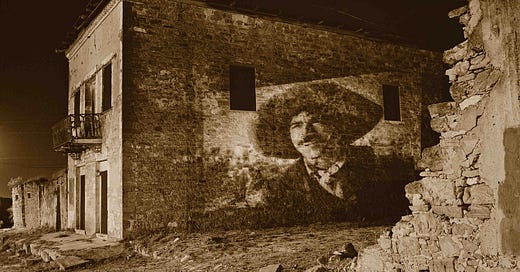



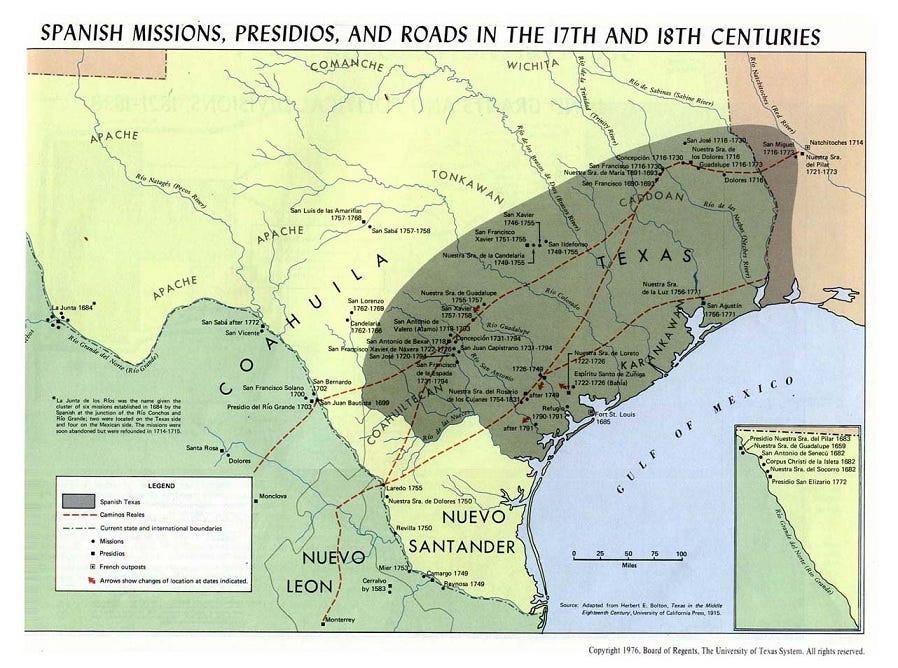
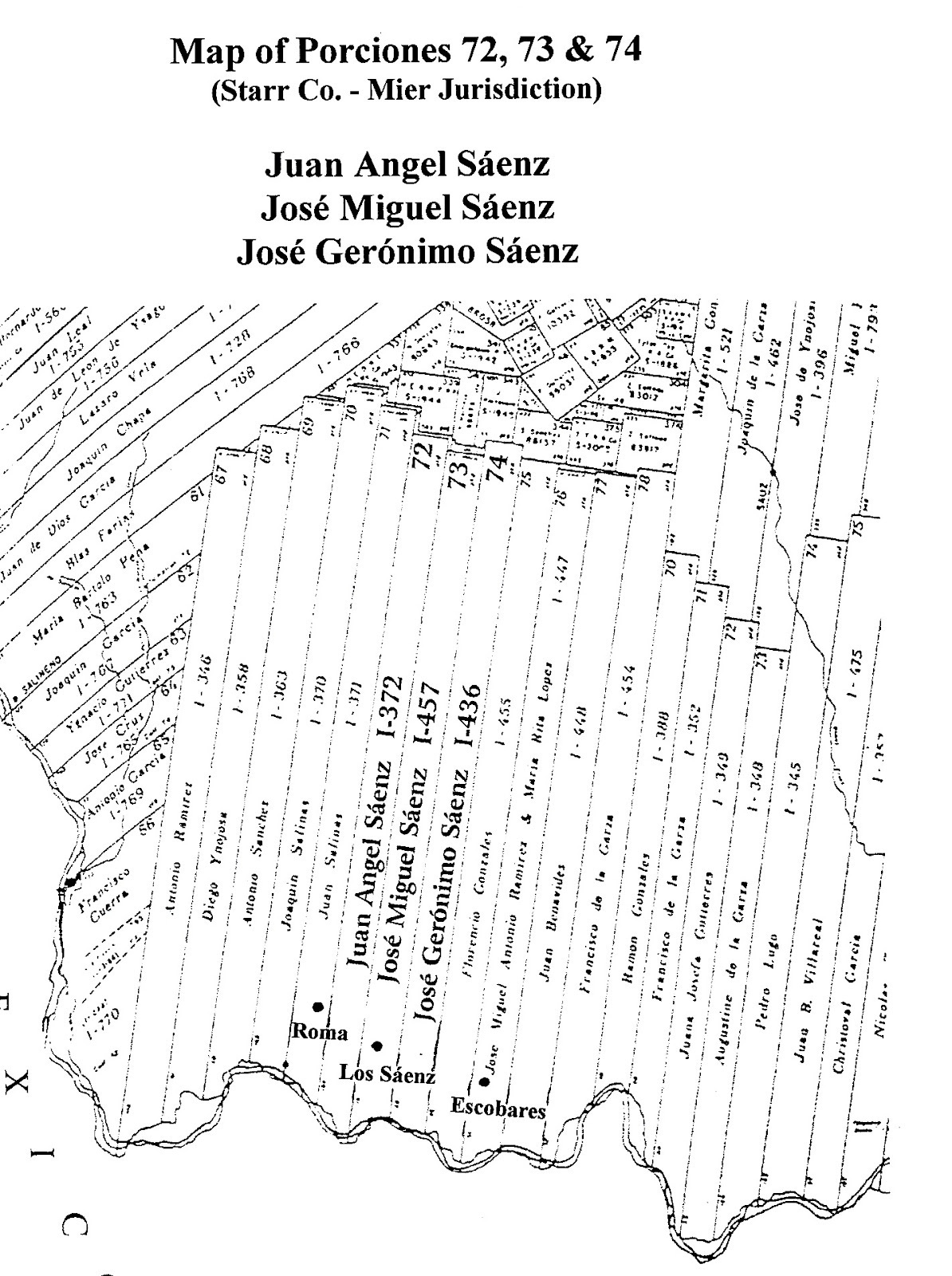
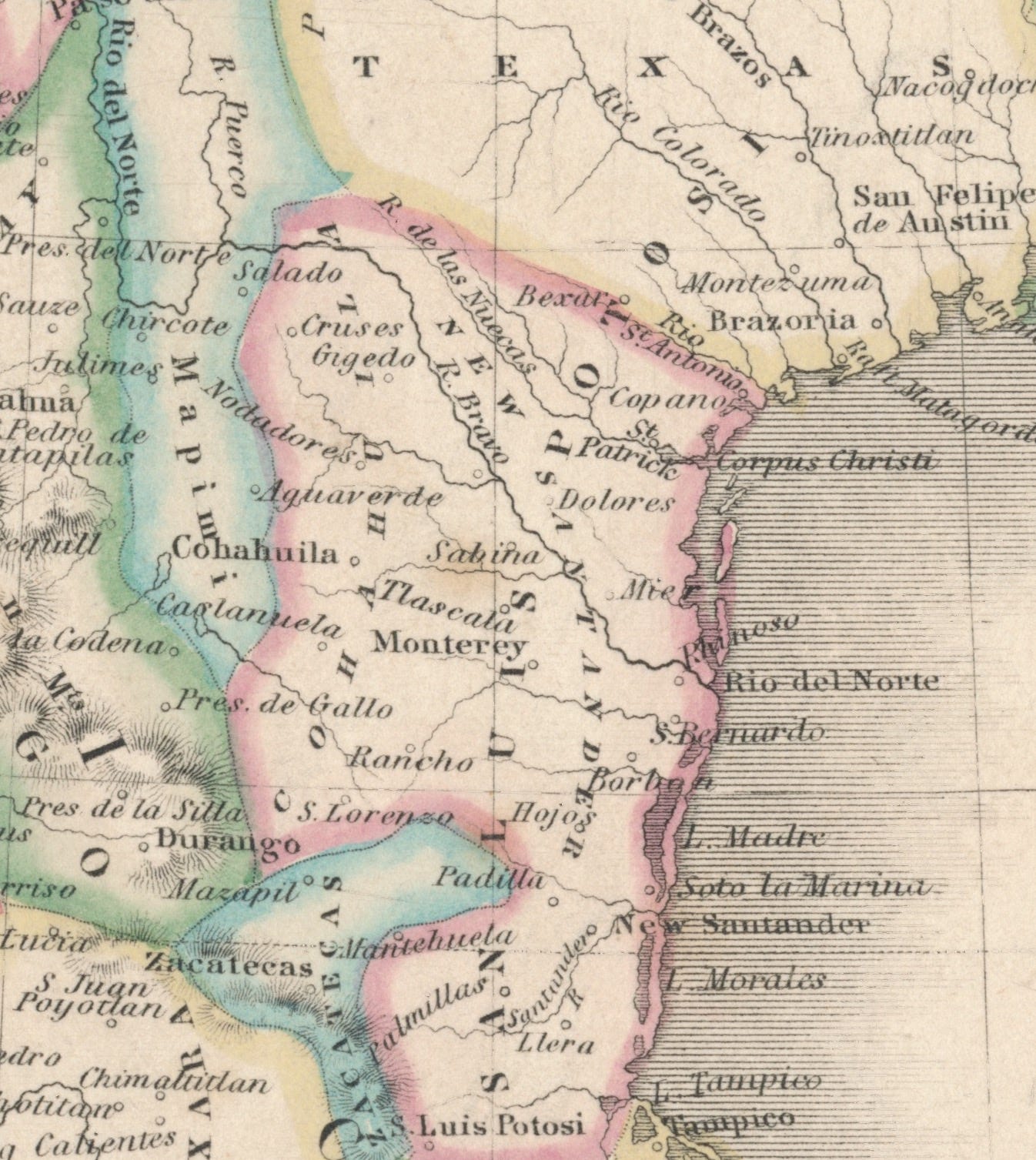

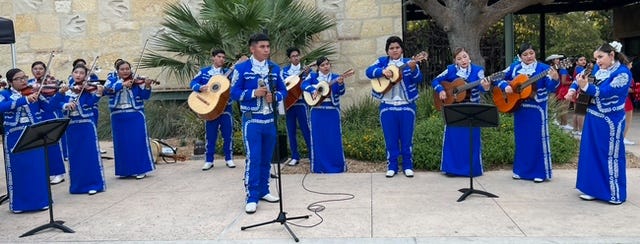
Fascinating important details of South Texas history!!!
Thank you for this article. Marta Pompa is my cousin and we share the same grandparents on her line. I had sent a message to your website. I would like to tell you some history of my family.